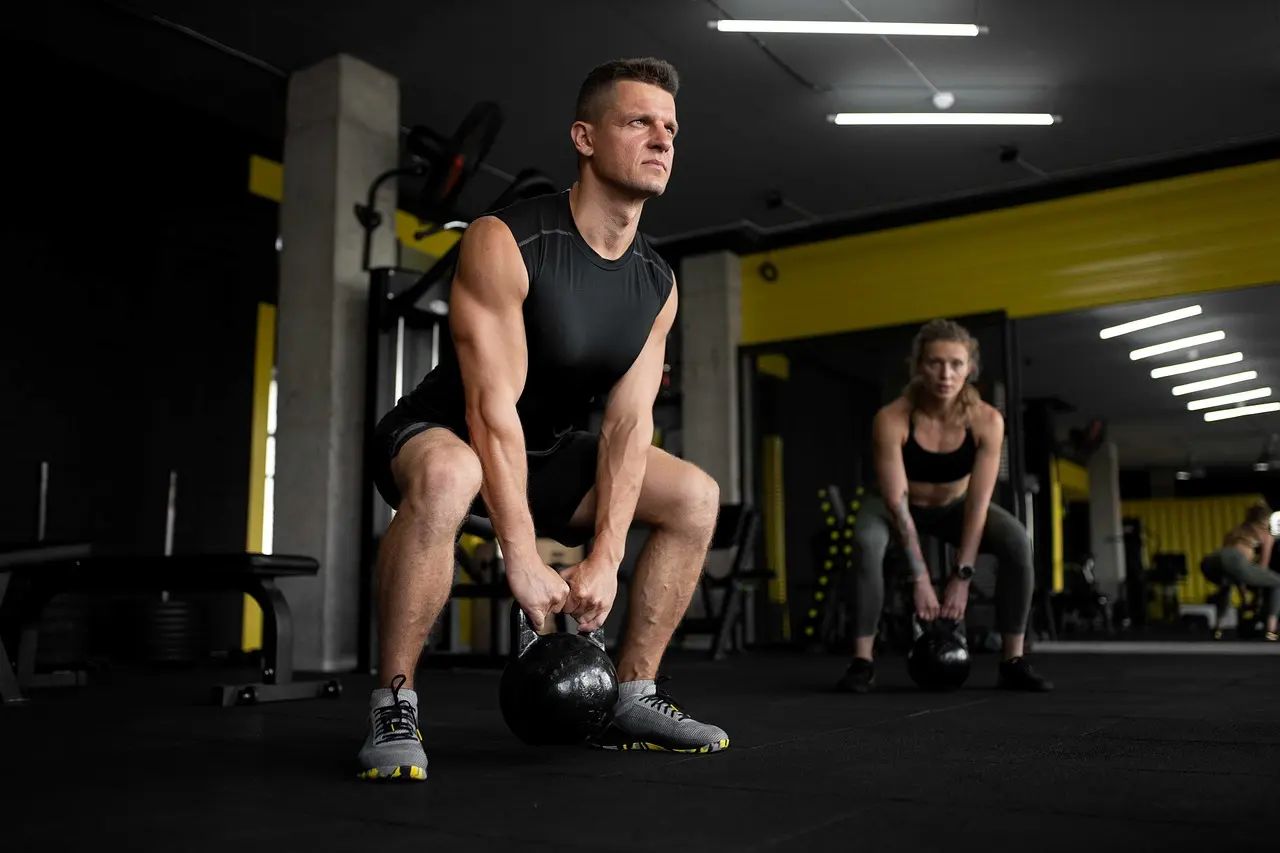
A personal training session is a one-on-one workout with a certified trainer who creates a customized exercise plan based on your goals and fitness level. Unlike general workouts, personal training offers focused guidance and support.
These sessions are key to achieving fitness goals like weight loss, muscle gain, or injury recovery, providing motivation, proper technique, and progress tracking.
This article covers how to plan and structure personal training sessions, sample workouts, and tips to make your sessions effective and enjoyable.
What is a Personal Training Session?
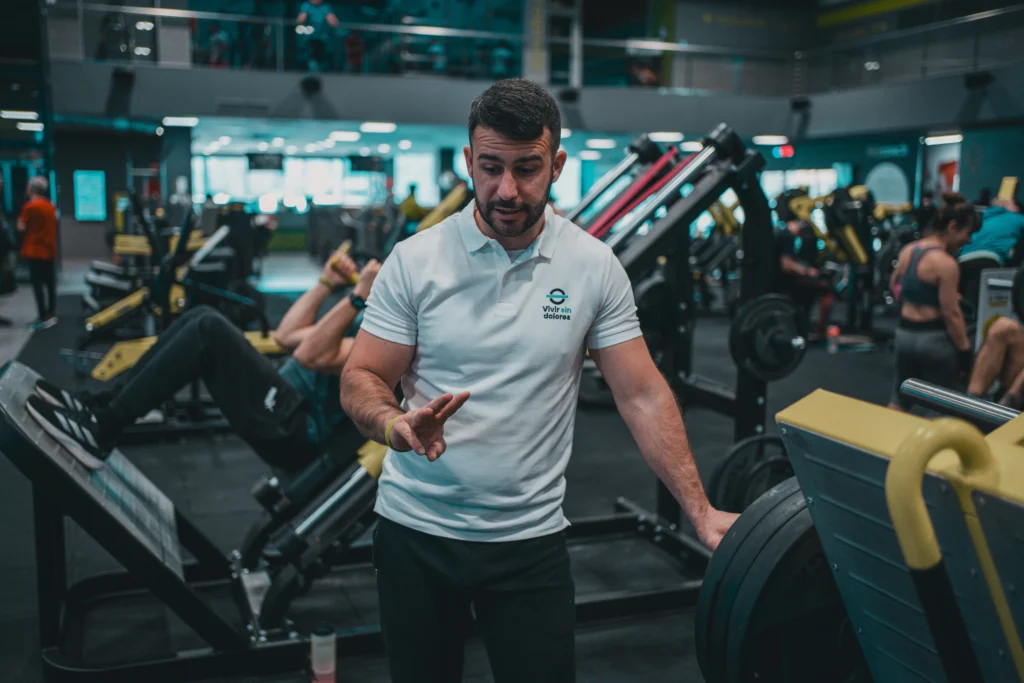
A personal training session is a focused, one-on-one workout guided by a certified fitness professional. It is designed to meet your unique fitness needs, goals, and abilities, ensuring a safe and effective exercise experience.
Typically, a session follows a clear structure:
| Consultation | The trainer assesses your current fitness level, discusses your goals, and reviews any health concerns. This step helps tailor the program specifically for you. |
|---|---|
| Warm-up | A short series of exercises to prepare your body, increase blood flow, and reduce injury risk. |
| Workout | The main part, which includes strength training, cardio, flexibility, or a combination, depending on your goals. |
| Cool-down | Gentle stretches and movements to help your body recover and prevent soreness. |
| Progress Tracking | Regular monitoring of your improvements and adjustments to your plan to keep you on track. |
Personalized training outperforms generic workouts because it adapts to your specific needs. Instead of following a one-size-fits-all routine, your trainer adjusts exercises, intensity, and volume based on your progress and feedback. This tailored approach improves motivation, reduces the risk of injury, and delivers faster, more sustainable results.
Step-by-Step Guide to Planning a Personal Training Session
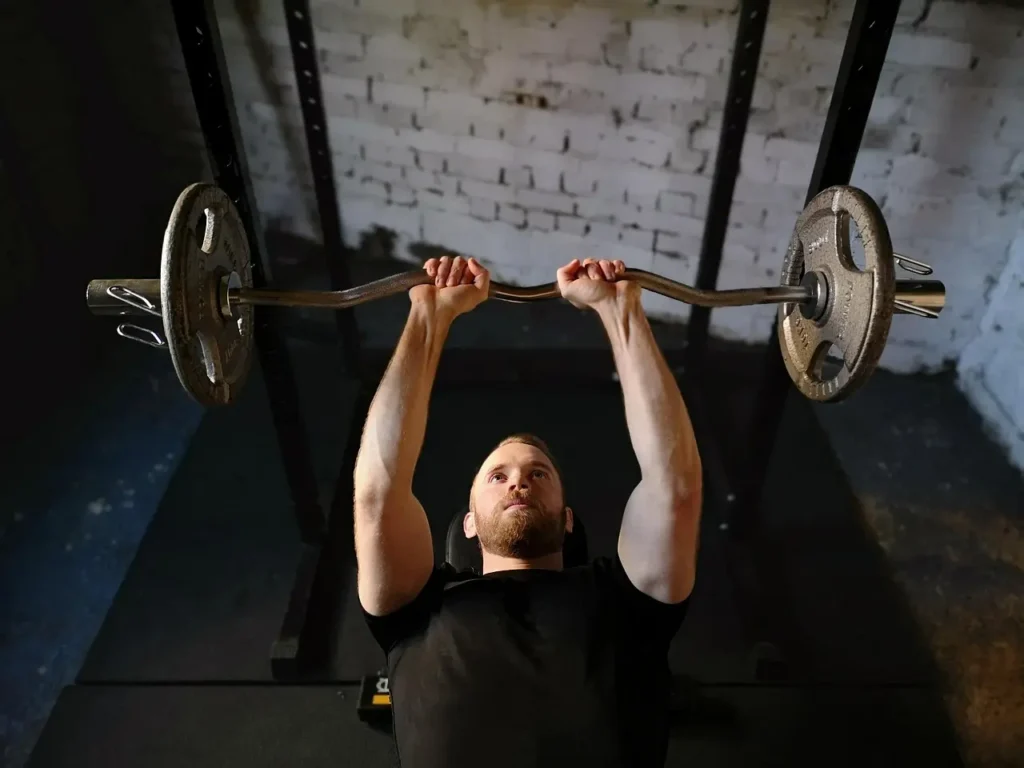
Step 1: Consultation and Assessment
The trainer starts by gathering key information on the client’s health, fitness history, and any limitations. This often includes a PAR-Q (Physical Activity Readiness Questionnaire) and basic fitness tests to build a safe and tailored plan.
Step 2: Goal Setting
Using the SMART (Specific, Measurable, Achievable, Relevant, Time-bound) framework, the trainer and client set specific, realistic goals. Clear objectives keep motivation high and progress measurable.
Step 3: Designing the Training Plan
A custom program is built based on the client’s needs, mixing strength, cardio, flexibility, or HIIT. It remains adaptable to the client’s progress over time.
Step 4: Nutrition and Accountability
Trainers offer basic nutrition tips and help set sustainable habits. Regular check-ins and tracking support consistency and motivation.
Step 5: Client Communication and Follow-Up
Ongoing feedback allows trainers to refine sessions. Staying in touch keeps clients engaged and supports long-term success.
Components of a Personal Training Session
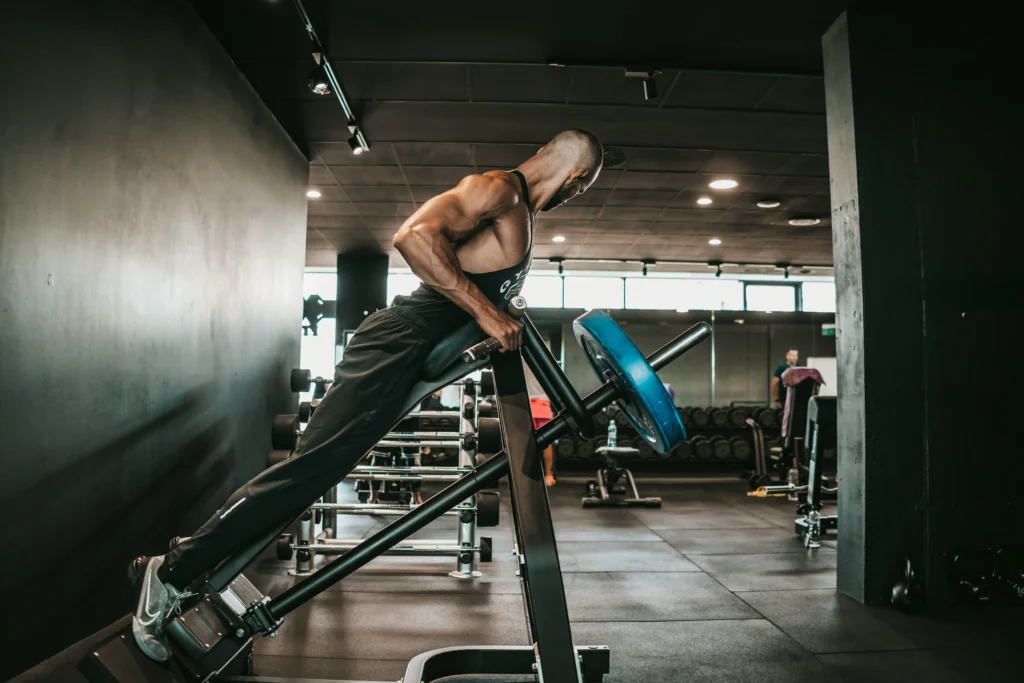
Warm-up
Prepares your body by increasing heart rate and loosening muscles. Examples include light jogging, jumping jacks, and dynamic stretches.
Main Workout
Varies by goal and includes HIIT, strength training, cardio, or mobility exercises.
Cool-down and Stretching
Helps your body recover, reduces soreness, and prevents injury through gentle movements and static stretches.
Tracking Progress
Recording exercises, reps, and improvements motivates you and helps adjust your training plan for better results.
Sample Personal Training Session Templates for Different Goals
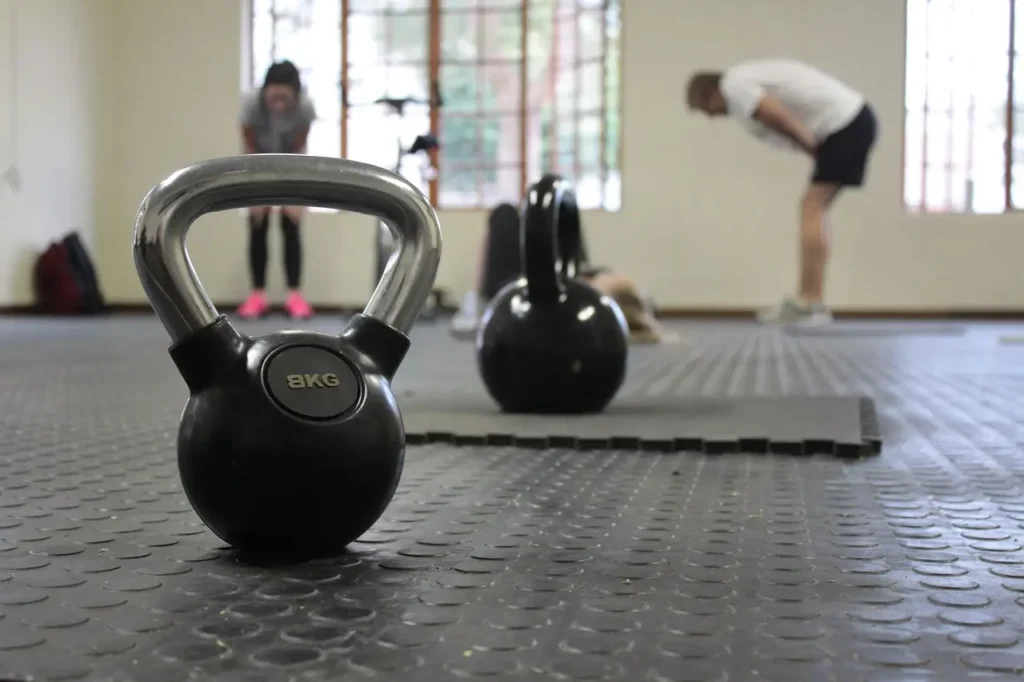
High-Intensity Interval Training (HIIT)
This session involves short bursts of intense exercise followed by brief rest periods. It’s great for burning fat and boosting cardiovascular fitness. Typical exercises include sprints, burpees, jump squats, and mountain climbers, repeated in cycles.
Full Body Strength and Cardio
A balanced session combining weight training and cardio to improve overall fitness. Exercises might include squats, push-ups, kettlebell swings, and jumping rope, designed to build muscle while raising heart rate.
Upper Body Focus (Pull/Push)
Target either pulling muscles (back, biceps) or pushing muscles (chest, triceps). Pull days might feature rows and pull-ups; push days include push-ups and shoulder presses. This split helps improve strength and muscle tone.
Leg Day
Focused on lower body strength and endurance, this session includes squats, lunges, deadlifts, and calf raises. Leg day builds muscle, improves balance, and supports overall athletic performance.
Core and Balance
Exercises targeting abdominal muscles and stabilizers, such as planks, Russian twists, and balance board drills. This session enhances posture, stability, and reduces injury risk.
Mobility and Agility
Aimed at improving joint flexibility and quick movements, sessions include dynamic stretches, ladder drills, and hip openers. Great for injury prevention and better athletic performance.
Tips for a Successful Personal Training Session
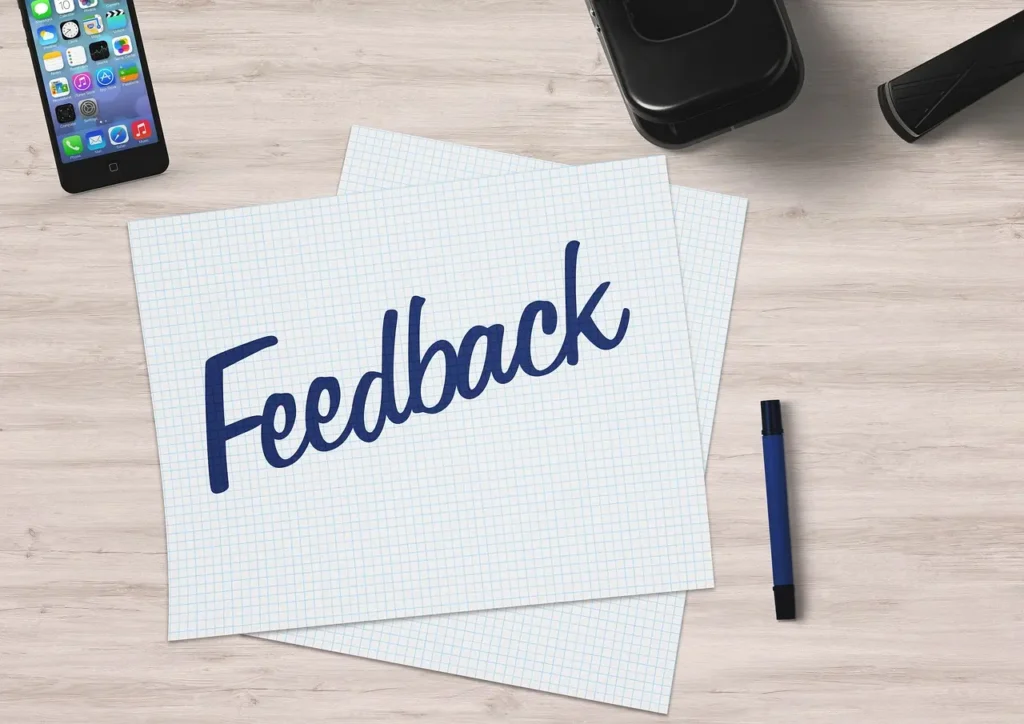
Keep Sessions Engaging
Use variety to keep workouts interesting. Add new challenges and celebrate progress to maintain motivation and build confidence.
Adapt to Feedback and Progress
Stay attentive to feedback and adjust exercises or intensity as needed. Flexibility ensures safety and continued improvement.
Leverage Technology
Use apps and wearables to track workouts and progress. These tools enhance engagement and support accountability.
Stay Professional and Supportive
Be punctual, respectful, and communicate clearly. Building trust creates a positive training experience and lasting results.
Frequently Asked Questions (FAQs)
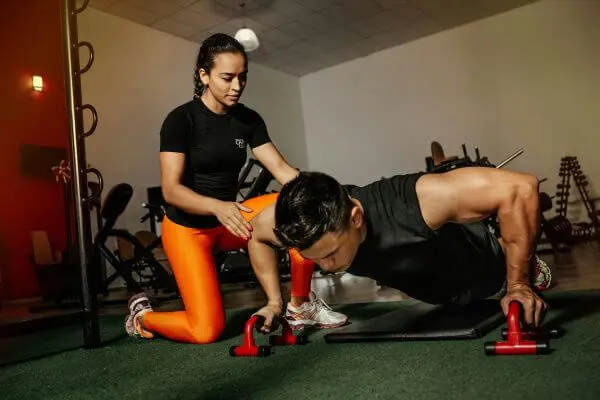
How long should a session last?
Most personal training sessions last between 45 to 60 minutes. This allows enough time for warm-up, the main workout, and cool-down while keeping the session effective and manageable.
How much does a session cost?
The cost varies depending on location, trainer experience, and session length. On average, sessions range from $40 to $100. Some trainers offer packages or discounts for multiple sessions.
What makes a good personal training session?
A good session is personalized to your goals and fitness level, includes a balanced warm-up, focused exercises, and a proper cool-down. Clear communication, motivation, and progress tracking are also key components.
How to prepare for your first session?
Wear comfortable workout clothes, bring water, and arrive a bit early. Be ready to discuss your fitness history and goals openly. Come with an open mind and be prepared to learn and challenge yourself.
Conclusion
A well-planned personal training session tailored to your goals leads to better results, higher motivation, and fewer injuries. Whether you’re training yourself or working with a coach, structure and preparation are key.
Ready to start training with purpose?
Explore personalized personal training plans at FitHive Gym and take the first step toward real results.


 Reserve a Free Trial Training
Reserve a Free Trial Training 